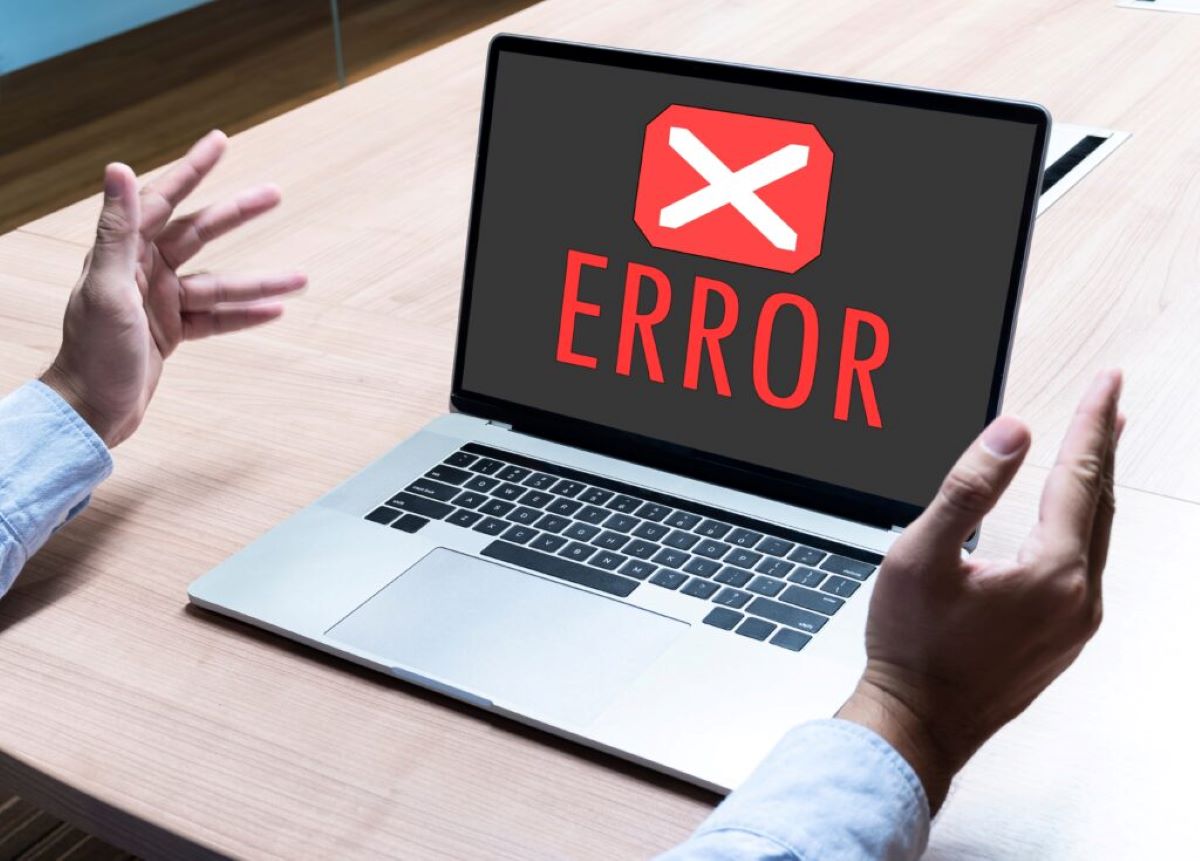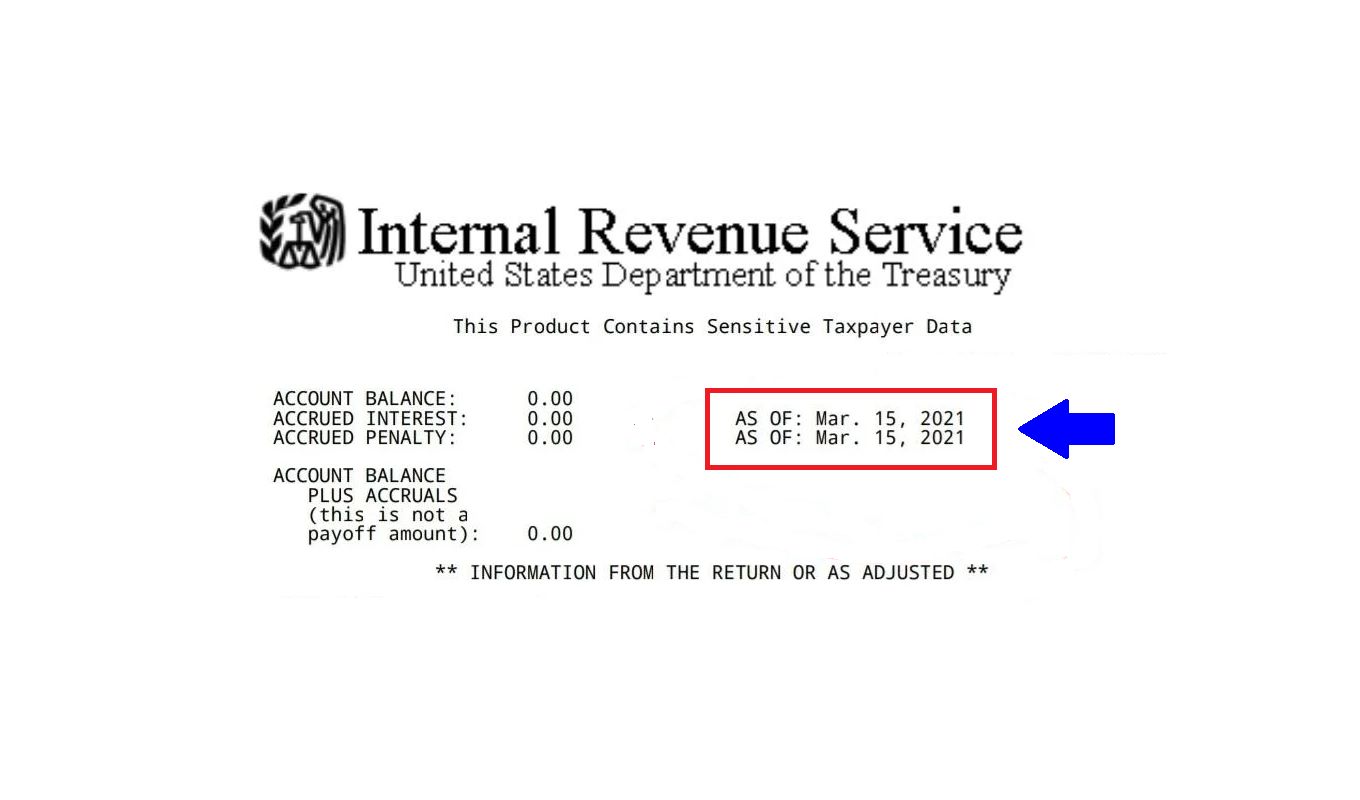

Finance
What Does Code 290 Mean On An IRS Transcript?
Published: October 31, 2023
Discover the meaning of Code 290 on an IRS transcript and how it relates to your finances. Uncover valuable insights to ensure you navigate tax matters with confidence.
(Many of the links in this article redirect to a specific reviewed product. Your purchase of these products through affiliate links helps to generate commission for LiveWell, at no extra cost. Learn more)
Table of Contents
Introduction
Welcome to the world of taxes and the Internal Revenue Service (IRS). The IRS is responsible for administering and enforcing tax laws in the United States. When it comes to understanding your tax situation, IRS transcripts can provide valuable information. These transcripts are documents that summarize your tax return information, including your income, deductions, and payments. They are often used to verify income and tax information for various purposes, such as applying for loans or resolving tax-related issues.
However, reading and deciphering IRS transcripts can be a daunting task for the average taxpayer. The transcripts are filled with codes and abbreviations that may seem like a foreign language to most people. One code that often raises questions is Code 290.
In this article, we will delve into the meaning of Code 290 on an IRS transcript and help you understand its implications. We will explore the common reasons for encountering Code 290 and provide potential action steps to address any issues related to this code. Whether you are an individual taxpayer or a tax professional, this article aims to shed light on this particular code and its significance.
So, let’s embark on this journey to unravel the mystery of Code 290 and equip ourselves with the knowledge to navigate the complexities of IRS transcripts.
Understanding IRS Transcripts
Before we dive into the specifics of Code 290, it’s important to have a basic understanding of IRS transcripts. An IRS transcript is a document that provides a summary of your tax return information. It contains details about your income, deductions, payments, and any adjustments made to your return. Transcripts are generated by the IRS and can be requested by taxpayers, tax professionals, or other authorized individuals.
There are different types of IRS transcripts, each serving a specific purpose. The most common types include:
- Return Transcript: This transcript shows most line items from your original tax return as filed. It is typically requested to verify income and tax information for mortgage, student loan, or financial aid applications.
- Account Transcript: This transcript provides a record of your tax account, including any adjustments made after the original return was filed. It is often used to verify balances owed or payments made.
- Wage and Income Transcript: This transcript shows data reported to the IRS by employers, banks, and other payers. It can be useful for verifying income reported on your tax return.
- Record of Account Transcript: This transcript combines the information from the Return and Account Transcripts into a single document, providing a comprehensive overview of your tax account.
IRS transcripts are beneficial in a variety of scenarios. They can help you understand why your tax refund or payment was adjusted, verify that your tax return was received and processed, and provide proof of income for loan applications. They are also useful for tax professionals who need to review a client’s tax history or resolve tax issues.
Now that we have a general understanding of IRS transcripts, let’s move on to understanding the meaning of Code 290 on these transcripts.
What is Code 290 on an IRS Transcript?
Code 290 is a transaction code that appears on IRS transcripts and is associated with the Request for Transcript of Tax Return form (Form 4506-T). This code indicates that the IRS has received and fulfilled a request for a tax transcript. It is important to note that Code 290 itself does not represent any specific information or action taken by the IRS. Instead, it simply indicates that a transcript has been processed.
When you request an IRS transcript using Form 4506-T, you may receive multiple transcripts, each with its own transaction code. Code 290 is commonly seen in conjunction with other codes, such as Code 150 (Tax return filed) or Code 806 (W-2 or 1099 withholding).
The presence of Code 290 on your IRS transcript indicates that the IRS has fulfilled your request for a transcript, and the document should be included in your records. It serves as confirmation that the transcript you requested has been provided by the IRS, and you can use it for various purposes, such as verifying income or resolving tax-related issues.
While Code 290 itself doesn’t have a specific meaning related to your tax situation, it is an important step in the process of obtaining your IRS transcripts. It’s essential to review the other codes and information on your transcript to gain a better understanding of your tax history and any potential issues that may need to be addressed.
Now that we know what Code 290 represents, let’s explore some common reasons for encountering this code on IRS transcripts in the next section.
Common Reasons for Code 290
While Code 290 on an IRS transcript simply indicates that a transcript request has been fulfilled, there are several common reasons why taxpayers may request transcripts in the first place. Understanding these reasons can shed light on why Code 290 appears on the transcript and provide insight into the taxpayer’s tax situation. Here are some common reasons for encountering Code 290:
- Verification of Income: Taxpayers may request transcripts to provide proof of income for various purposes, such as applying for a loan, securing a mortgage, or applying for financial aid.
- Tax Return Review: Taxpayers or their tax professionals may request transcripts to review tax returns from previous years in order to address any discrepancies, amend returns, or resolve tax issues.
- Resolution of Tax Matters: Individuals who have received notices or communication from the IRS regarding their tax account may request transcripts to better understand their tax situation and take appropriate action to resolve any outstanding matters.
- Audit or Examination: Taxpayers who are under audit or examination by the IRS may request transcripts to provide supporting documentation or to understand the scope of the audit.
- Credit or Identity Verification: Lenders, credit agencies, or government agencies may request transcripts to verify a taxpayer’s income, tax payments, or identity.
These are just a few examples of the reasons why taxpayers may request IRS transcripts, and subsequently, encounter Code 290 on their transcripts. It is important to note that requesting a transcript does not necessarily indicate any wrongdoing or issue with a taxpayer’s tax return. Often, it is a routine process to gather information for verification or resolution purposes.
Now that we have explored the common reasons for encountering Code 290, let’s move on to potential action steps to address any issues related to this code and the accompanying transcripts.
Potential Action Steps for Code 290
When Code 290 appears on an IRS transcript, it indicates that the requested transcript has been fulfilled and provided by the IRS. While this code itself does not require any immediate action, it is important to review the transcript and take appropriate steps based on your specific tax situation. Here are some potential action steps you can consider:
- Review the Transcript: Carefully review the transcript you received, including all the accompanying codes and information. Take note of any discrepancies, errors, or missing information that may require further attention.
- Address any Discrepancies: If you identify any discrepancies between the transcript and your tax records, it is important to take action to address them. Contact the IRS or consult a tax professional for guidance on resolving these discrepancies.
- Use the Transcript for its Intended Purpose: If you requested the transcript for a specific reason, such as income verification or responding to an IRS notice, ensure that you use the transcript for its intended purpose. Provide the necessary documents or information to the relevant parties, as required.
- Keep the Transcript for your Records: It is important to keep a copy of the transcript for your records. Transcripts can be valuable proof of income or documentation of your tax history. Store them securely in case you need to refer to them in the future.
- Seek Professional Advice: If you are unsure about how to interpret or act upon the information provided in the transcript, consider seeking guidance from a tax professional. They can provide expert advice specific to your situation and assist you in taking the necessary steps.
Remember, Code 290 on its own does not indicate any specific issue or problem with your tax return. It is essential to review the entire transcript and take appropriate action based on your individual circumstances. Being proactive and addressing any discrepancies or concerns can help ensure the accuracy of your tax records and maintain compliance with tax laws.
Now that we have explored potential action steps, let’s conclude our discussion on Code 290 and IRS transcripts.
Conclusion
In conclusion, understanding IRS transcripts and the meaning of Code 290 is crucial when navigating the complexities of tax-related matters. IRS transcripts provide valuable information about your tax history, income, payments, and adjustments. Code 290 simply indicates that a requested transcript has been fulfilled by the IRS.
While Code 290 itself does not require immediate action, it serves as a confirmation that the transcript you requested has been provided. It is important to review the entire transcript, including other codes and information, to gain a comprehensive understanding of your tax situation.
Common reasons for encountering Code 290 include income verification, tax return review, resolution of tax matters, audit or examination purposes, and credit or identity verification. Requesting transcripts is a routine process for various purposes and does not necessarily indicate any wrongdoing or issue with your tax return.
If you encounter discrepancies or errors in the transcript, it is essential to take appropriate action to address them. Contact the IRS or consult a tax professional for guidance and assistance in resolving any issues or concerns.
Remember to keep a copy of the transcript for your records, as it can be valuable documentation of your tax history. If you are uncertain about the information provided in the transcript or the actions you should take, seek advice from a tax professional who can offer personalized guidance.
By understanding IRS transcripts, including Code 290, and taking the necessary steps to address any discrepancies or concerns, you can maintain compliance with tax laws and ensure the accuracy of your tax records.
We hope this article has provided you with valuable insights into Code 290 and IRS transcripts. Armed with this knowledge, you can navigate the world of taxes with greater confidence and clarity.














